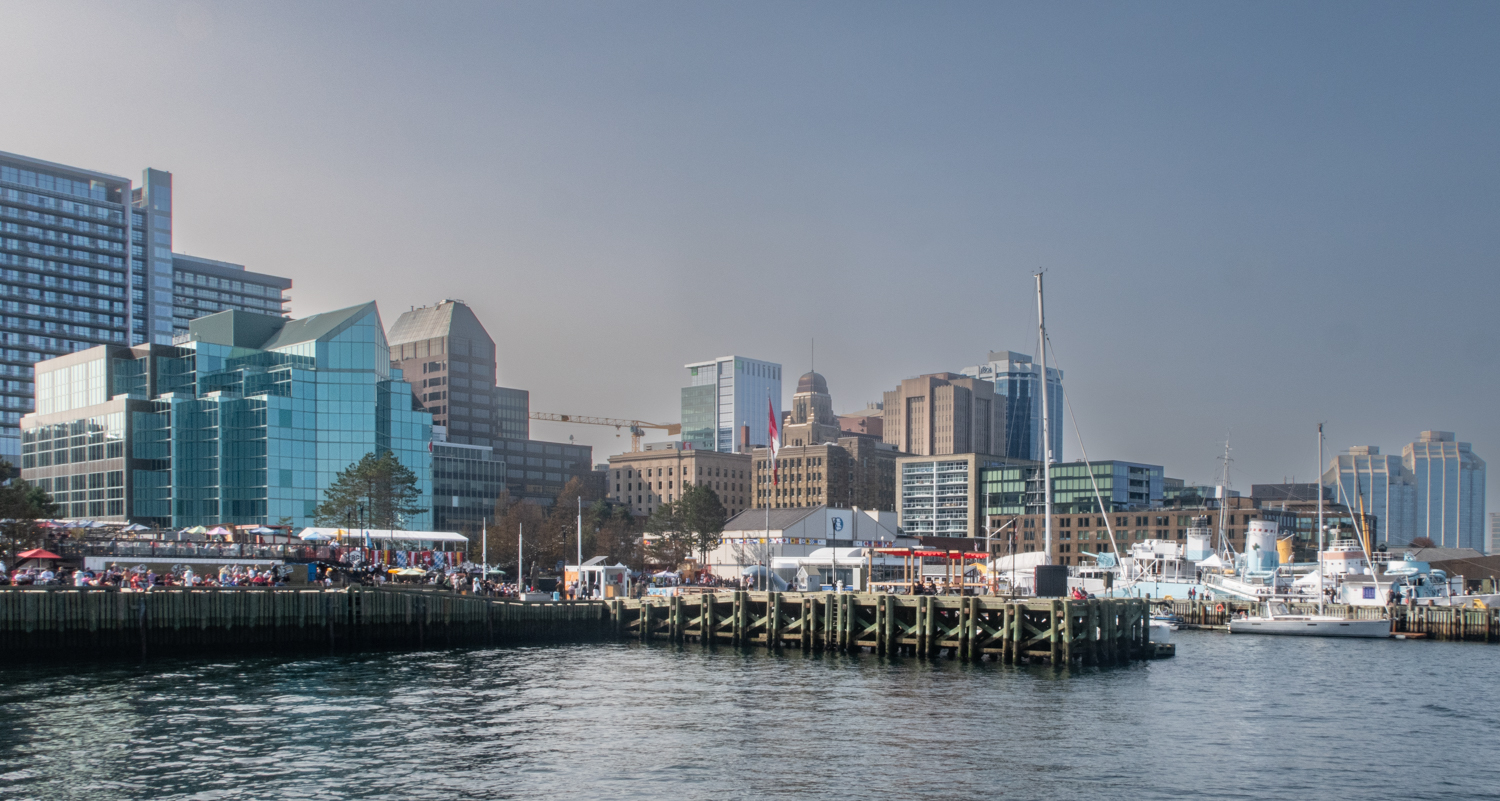
Nova Scotia, Canada’s capital, Halifax, embodies a modern spirit, stunning landscape, and engaging maritime history. One of Canada’s most visited monuments, the massive star-shaped fort known as The Citadel, towers over a Halifax hilltop and sounds one of its large guns daily at noon. A stroll through Halifax Public Gardens reveals vibrant blooms and elaborate fountains, and a bike ride or run in Point Pleasant Park offers a contrasting immersion in nature. The Victorian-era City Hall and the Town Clock stand watch as a dynamic culture thrives within the many art galleries, live music venues, diverse restaurants, and mix of boutiques and international brands. There is no shortage of spectacular city views, whether from the rooftop terrace of the Halifax Central Library, along the energetic waterfront, or from a ferry ride across the harbor.
Halifax is the largest municipality in the Canadian province of Nova Scotia (comprising Nova Scotia Island and Cape Breton Island) with a population of just over 900,000. K’jipuk’tuk meaning Great Harbour was the name given to the area by the Mi’kmaq. “Halifax is a navy creation. It owes its existence largely to its location on one of the largest and deepest ice-free natural harbours in the world, which, over time, made Halifax one of the most important Canadian commercial ports on the Atlantic seaboard. At latitude 44° N, it is nearly halfway between the equator and the North Pole, giving Halifax a relatively mild winter climate.” — http://www.britannica.com
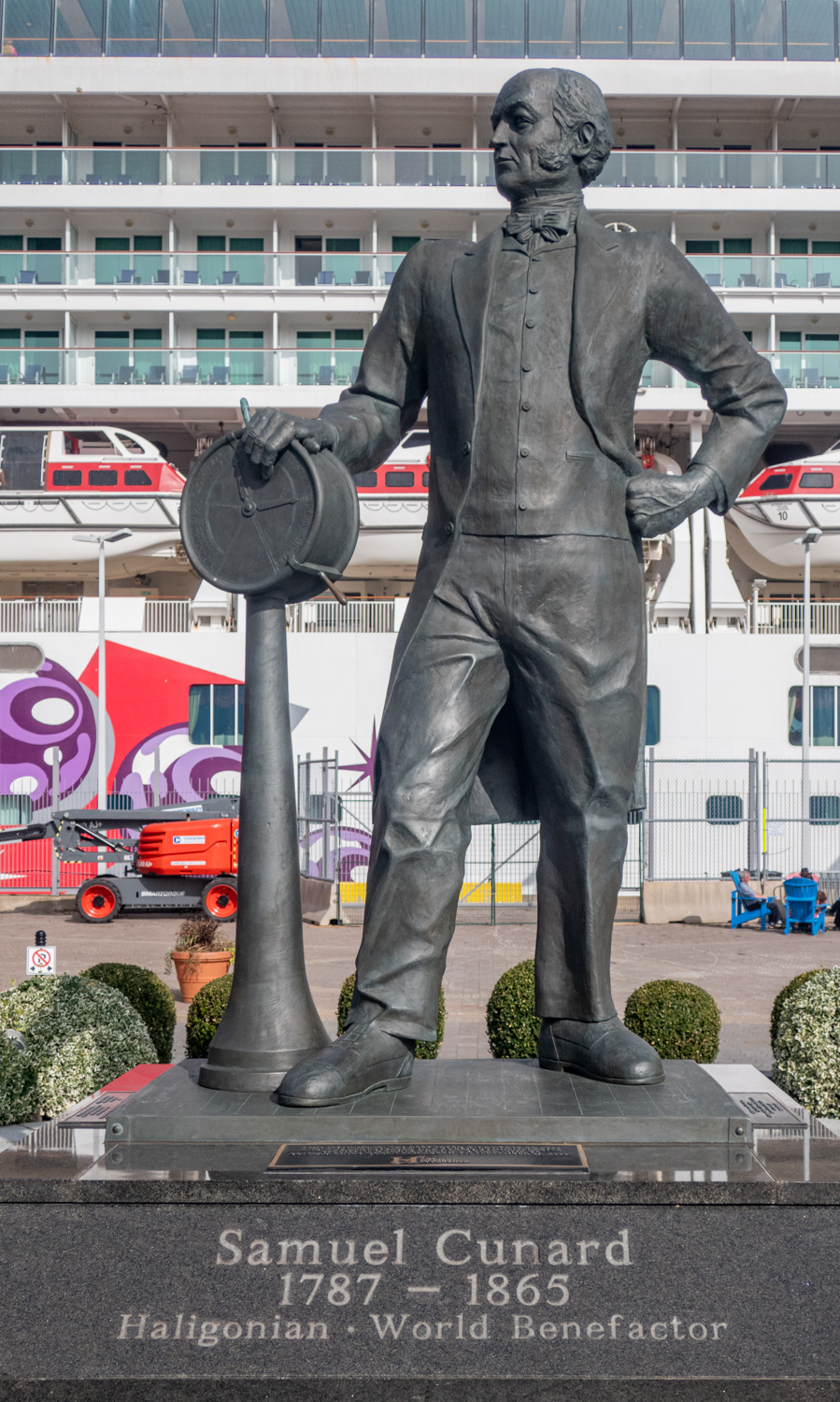
“Samuel Cunard was born in Halifax, Nova Scotia, on November 21, 1787. He was the eldest son of Abraham and Margaret Cunard, United Empire Loyalists who immigrated from Philadelphia (Germantown), [Pennsylvania, USA] to Nova Scotia in 1783. His marriage to Susan Duffus produced nine children, all born in Halifax. For more than half a century, the S. Cunard & company wharves on the Halifax waterfront where the center of a vast shipping empire engaged in the west Indies trade. Samuel Cunard became the foremost, entrepreneur in Halifax, and one of the largest owners of sailing vessels in the Maritime Provinces of Canada.
“Samuel Cunard was a visionary who foresaw steam power replacing sail power on the North Atlantic. He became the pioneer of ocean steam navigation when a paddle steamer, the first flagship of the British and North American Royal Steam Packet Company, later, known as the Cunard Line, arrived in Halifax, on its maiden voyage from Liverpool, England, on July 17, 1840. The advent of steam power on the Atlantic Ocean altered commerce, and communications between the Old and New Worlds.
“Samuel Cunard, the ‘Steam Lion’ of Nova Scotia, founder of the Cunard Line, was knighted by Queen Victoria. He died in London, England, on April 28, 1865.” – signage with the statue of Samuel Cunard on the Halifax waterfront

Between 1928 and 1971, 1 million immigrants passed through Pier 21, making it a gateway to the country and a site of stories revealing hope, hardship, and resiliency. The Canadian Museum of Immigration (at Pier 21) showcases the crucial role these immigrants played in helping shape Canada and their contributions to society through a series of first person accounts, photographs, artifacts, and thought provoking oral histories.
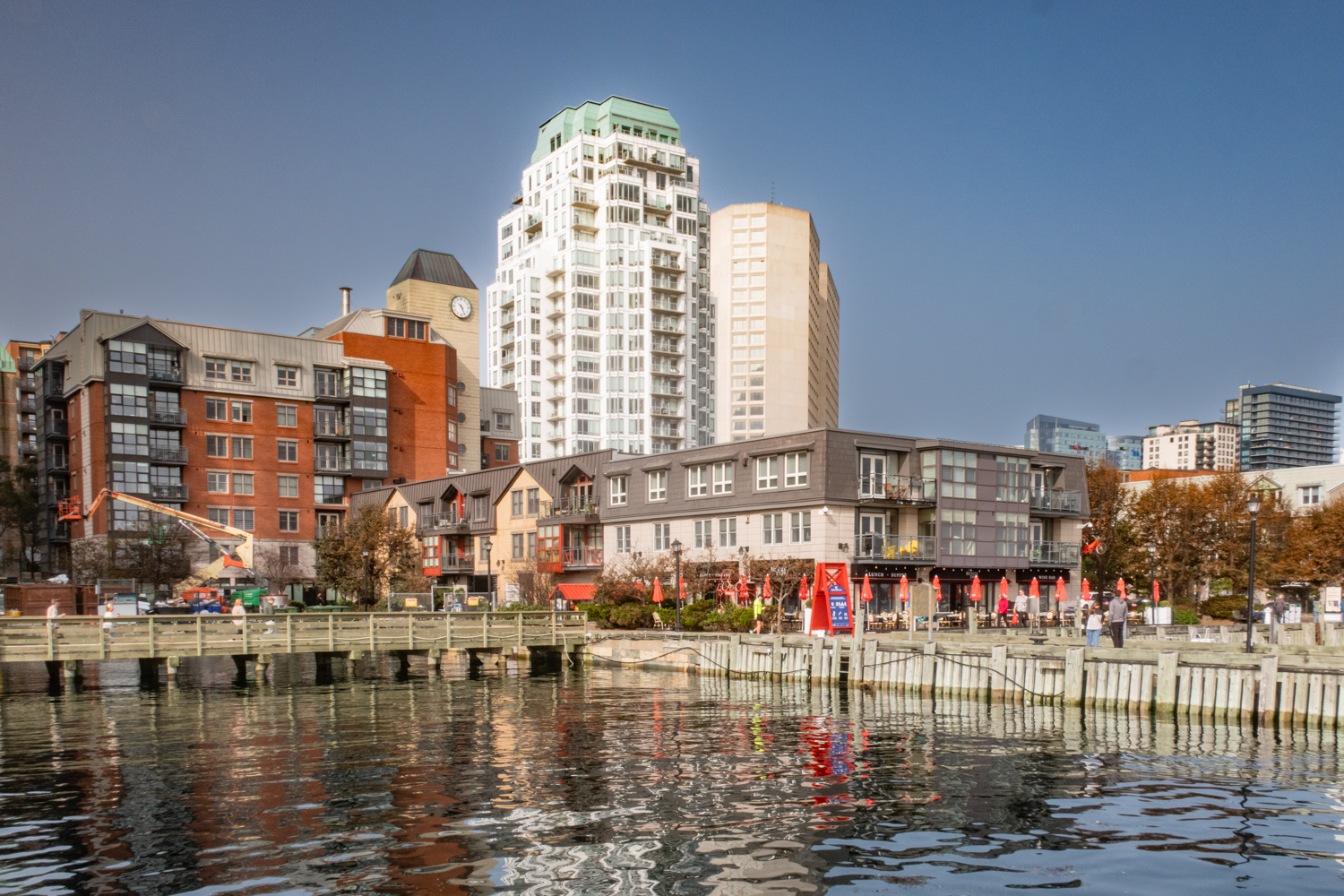
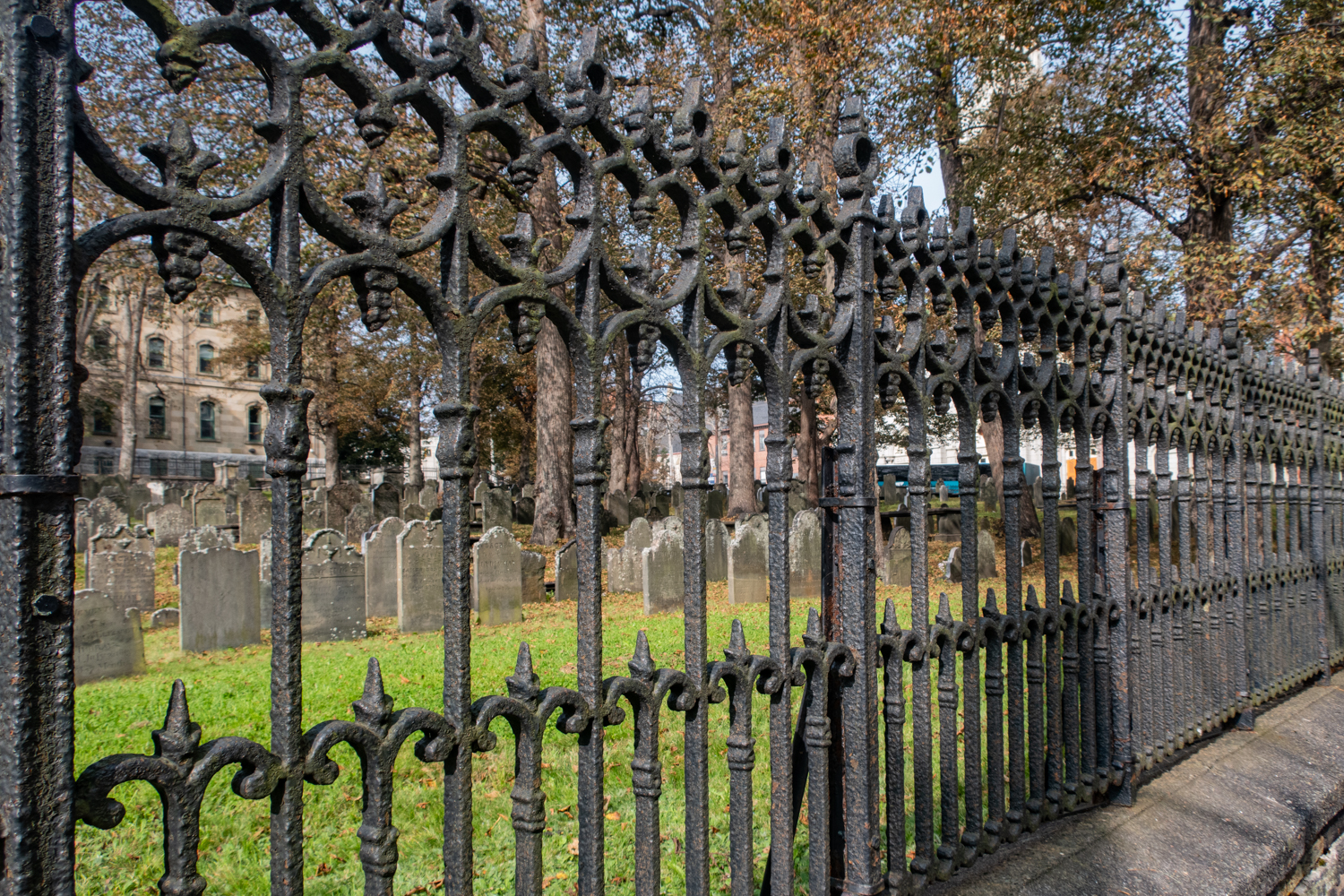
The land for the Old Burying Ground (1749 – 1844) was set aside as a common burial ground outside the stockade old the new fortified town of Halifax. The first grave was dug on June 21, 1749. The property was granted to St. Paul’s Church in 1793 and was closed to burials in 1844.
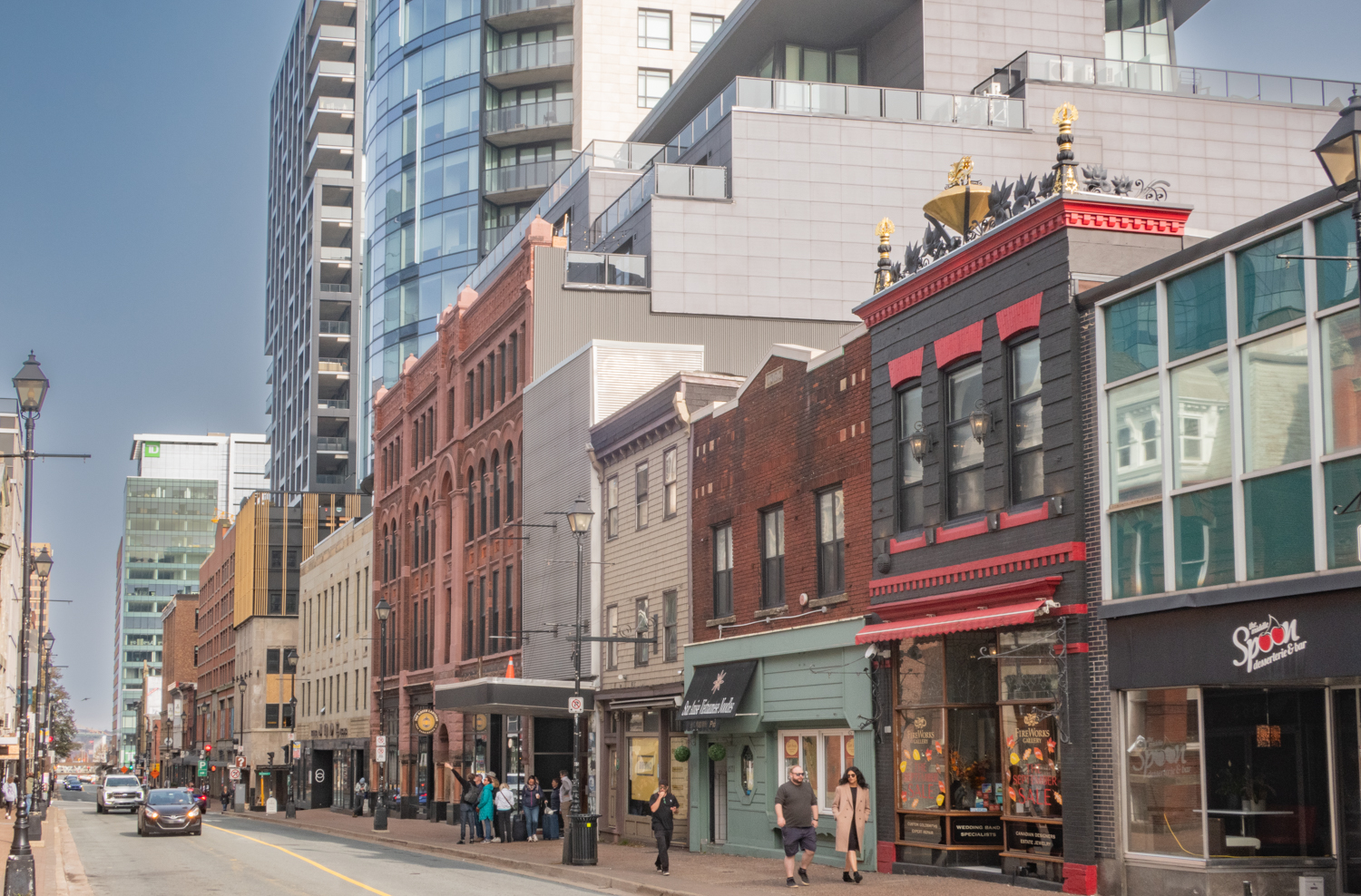
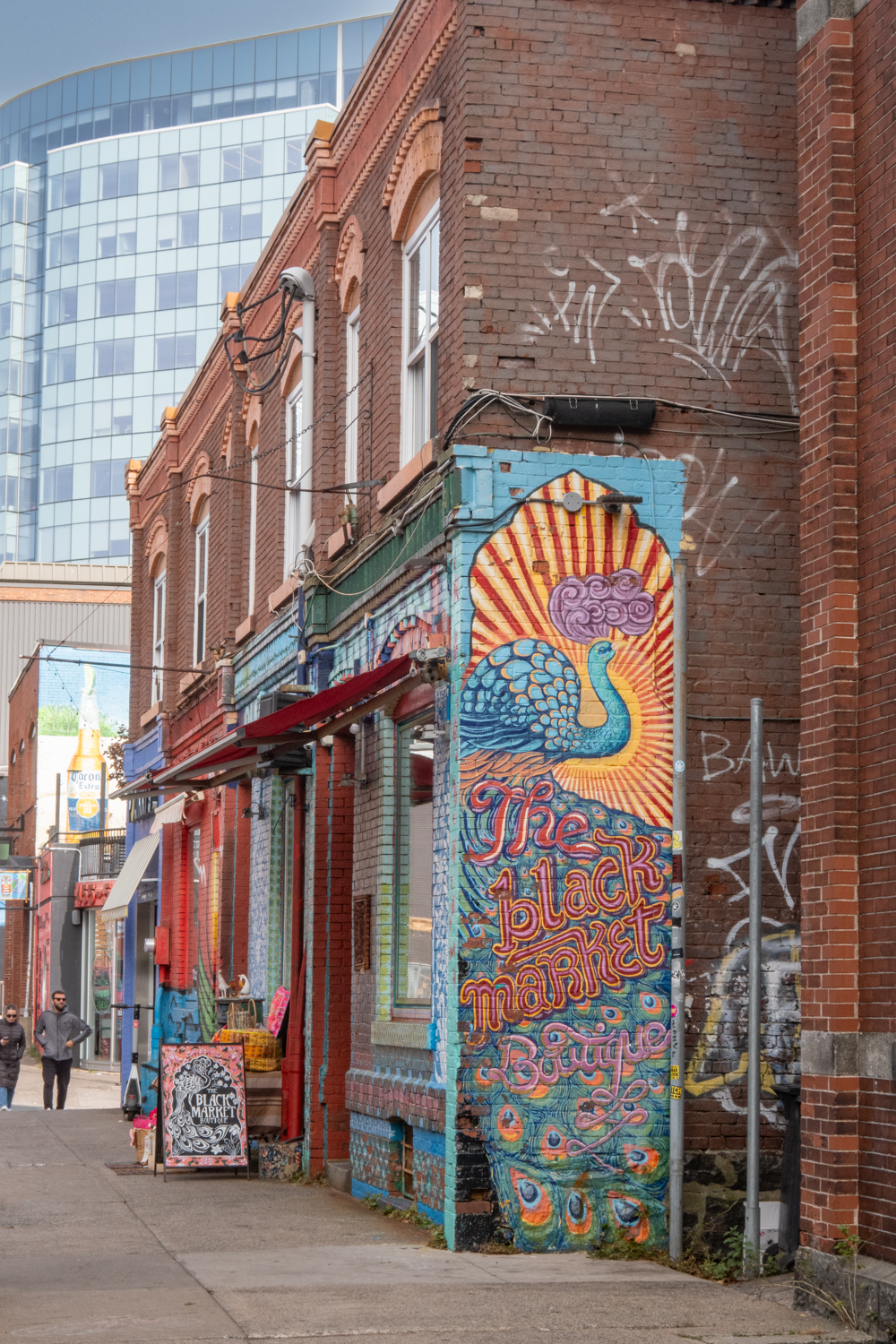
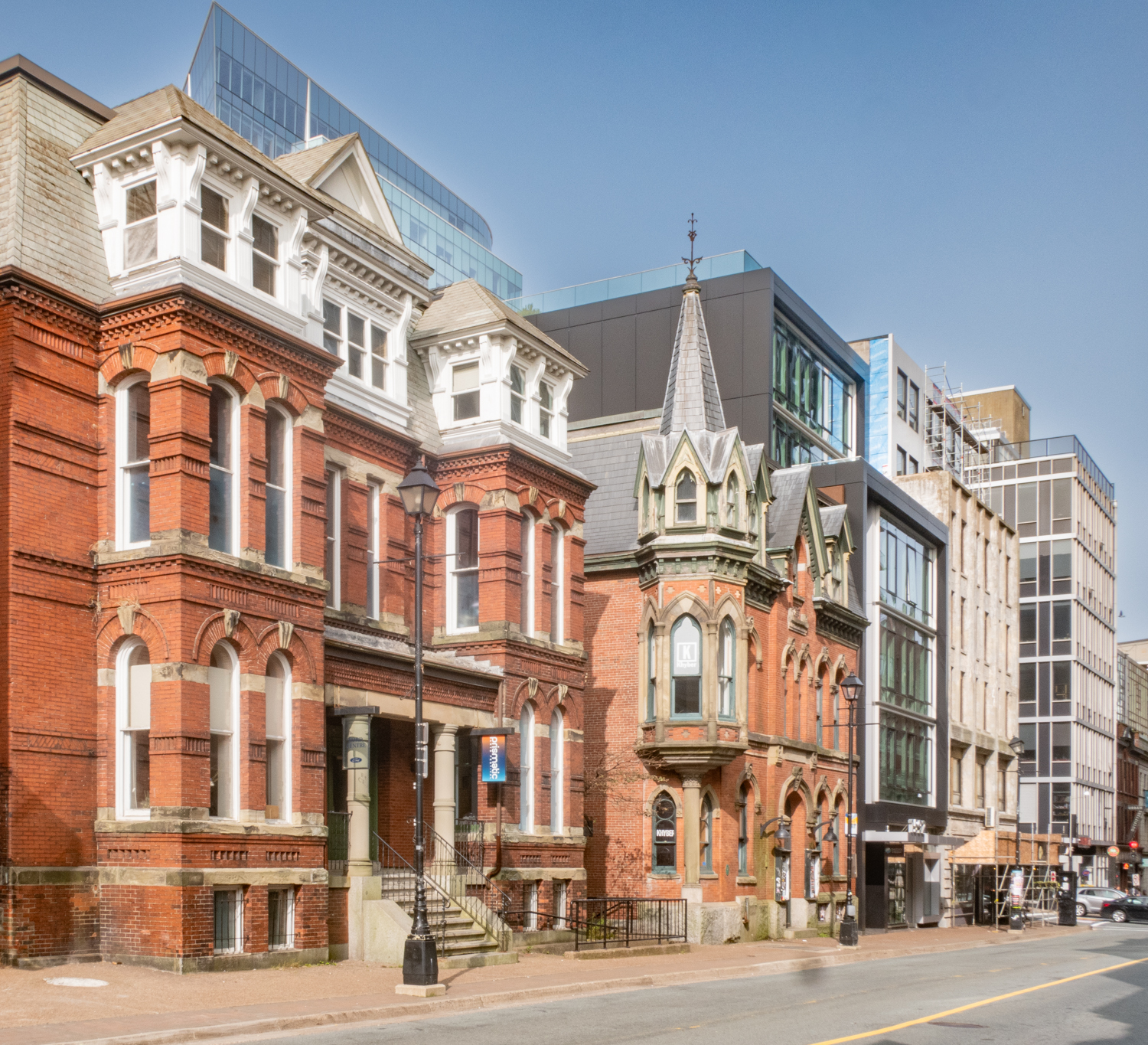
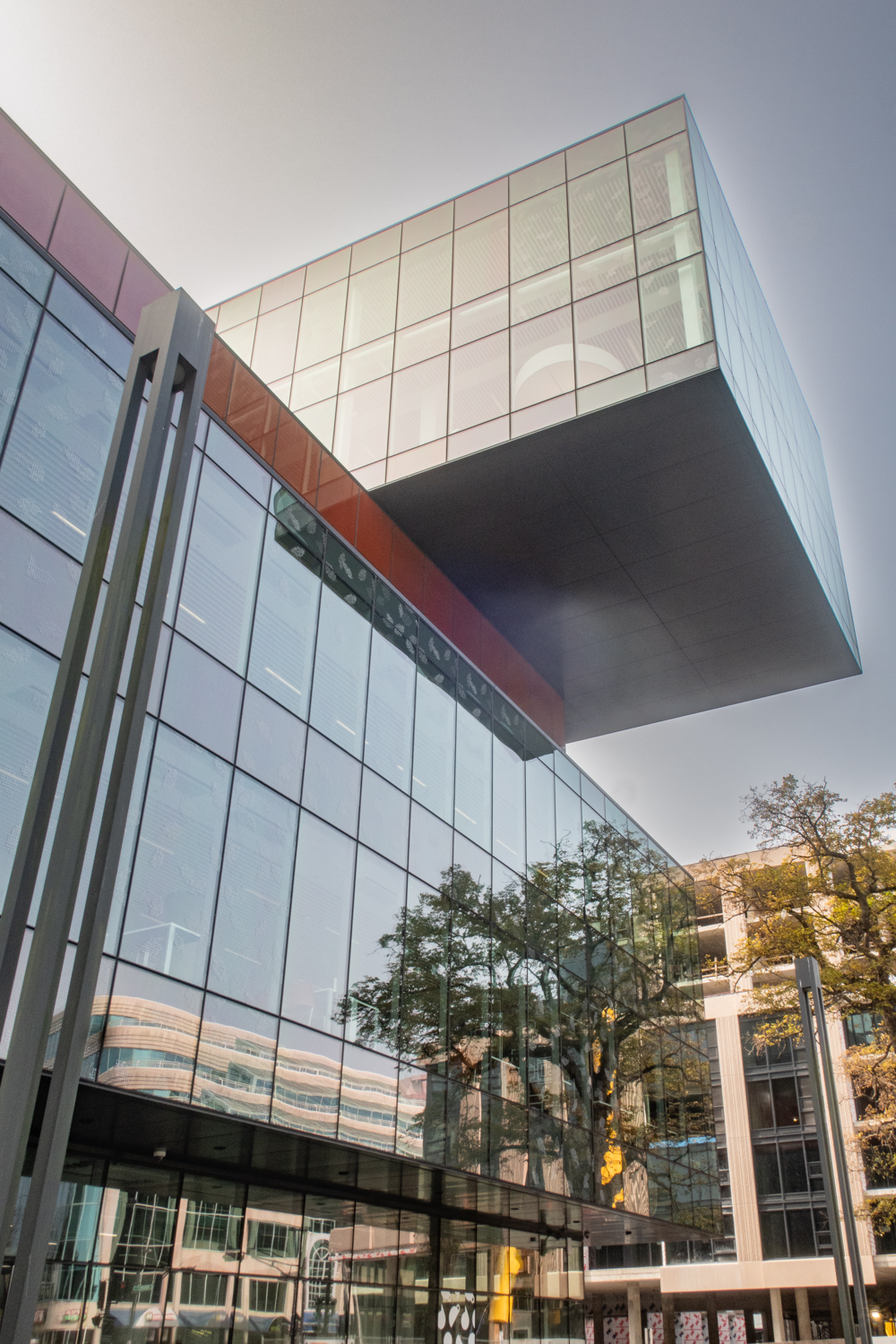
More than just a quiet spot with an extensive book collection, this world-class, the modern Halifax Public Library is a LEED-certified library known for its striking architecture. Its exterior was designed to resemble a stack of books. Visitors can order a coffee from the fifth-floor café and head to the rooftop terrace to enjoy beautiful city views. (The library was closed on Sunday morning when we walked by – the interior is supposed to be both functional, contemporary and beautiful.)
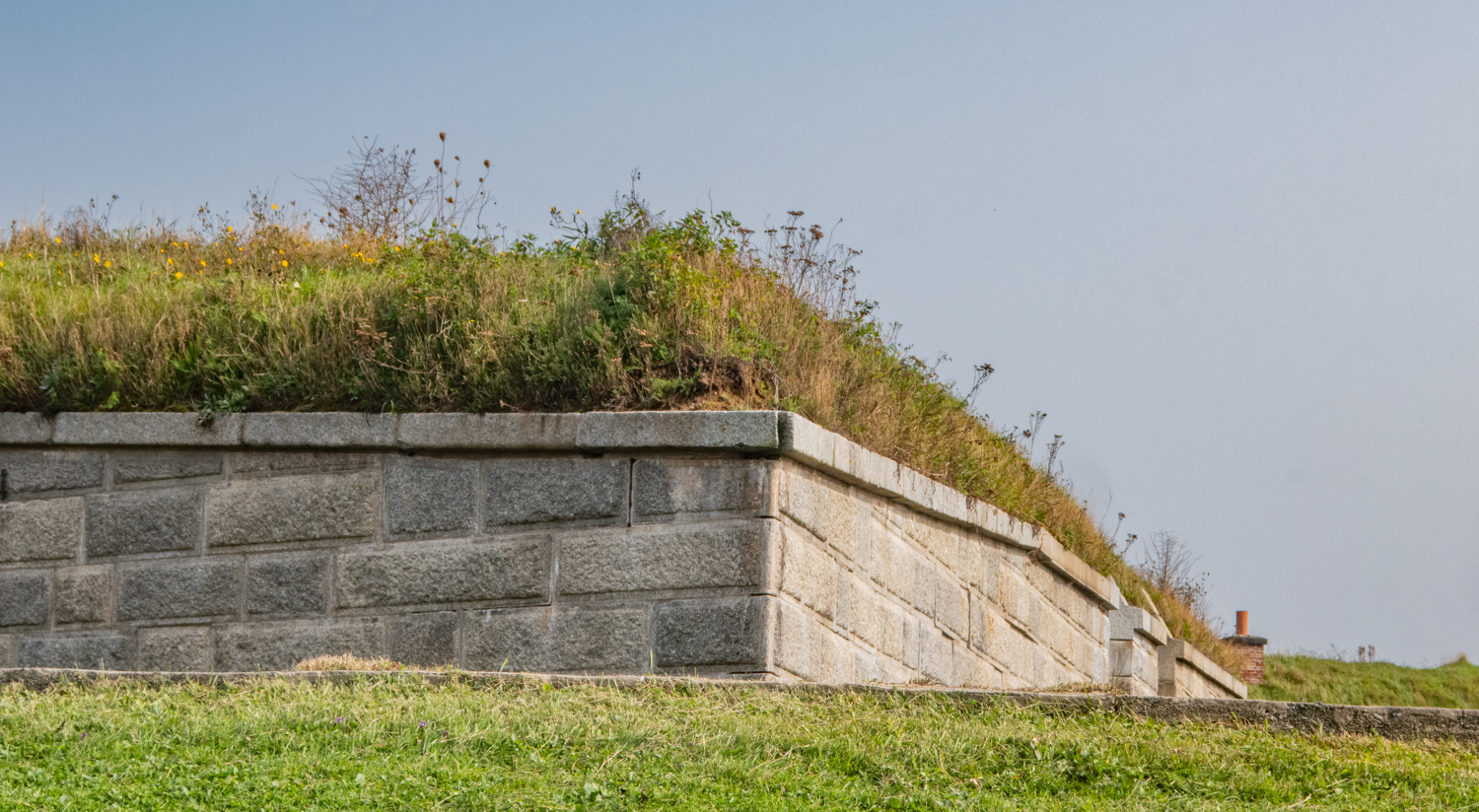
Atop a hill overlooking the harbor is this star-shaped stone fortress that has been lovingly restored to its Victorian-era magnificence’ it forms the core of the Halifax Citadel National Historic Site . The current citadel is the fourth version built to protect the city; the first was completed in 1749 and the last was finished in 1856. Magnificent widespread harbor views, the “noon gun” firing, and the immersive “Fortress Halifax: A City Shaped By Conflict” exhibit are highlights.
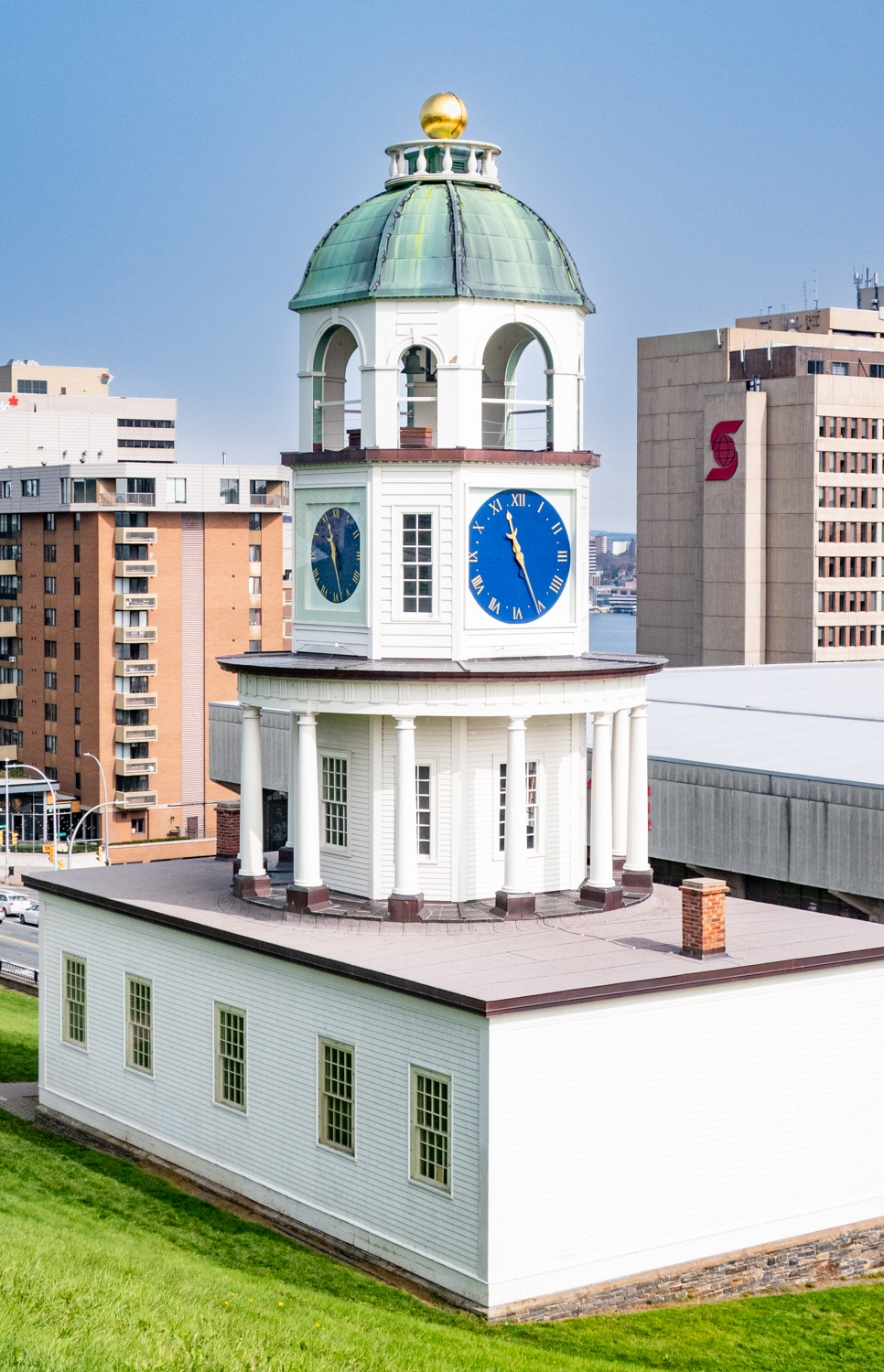

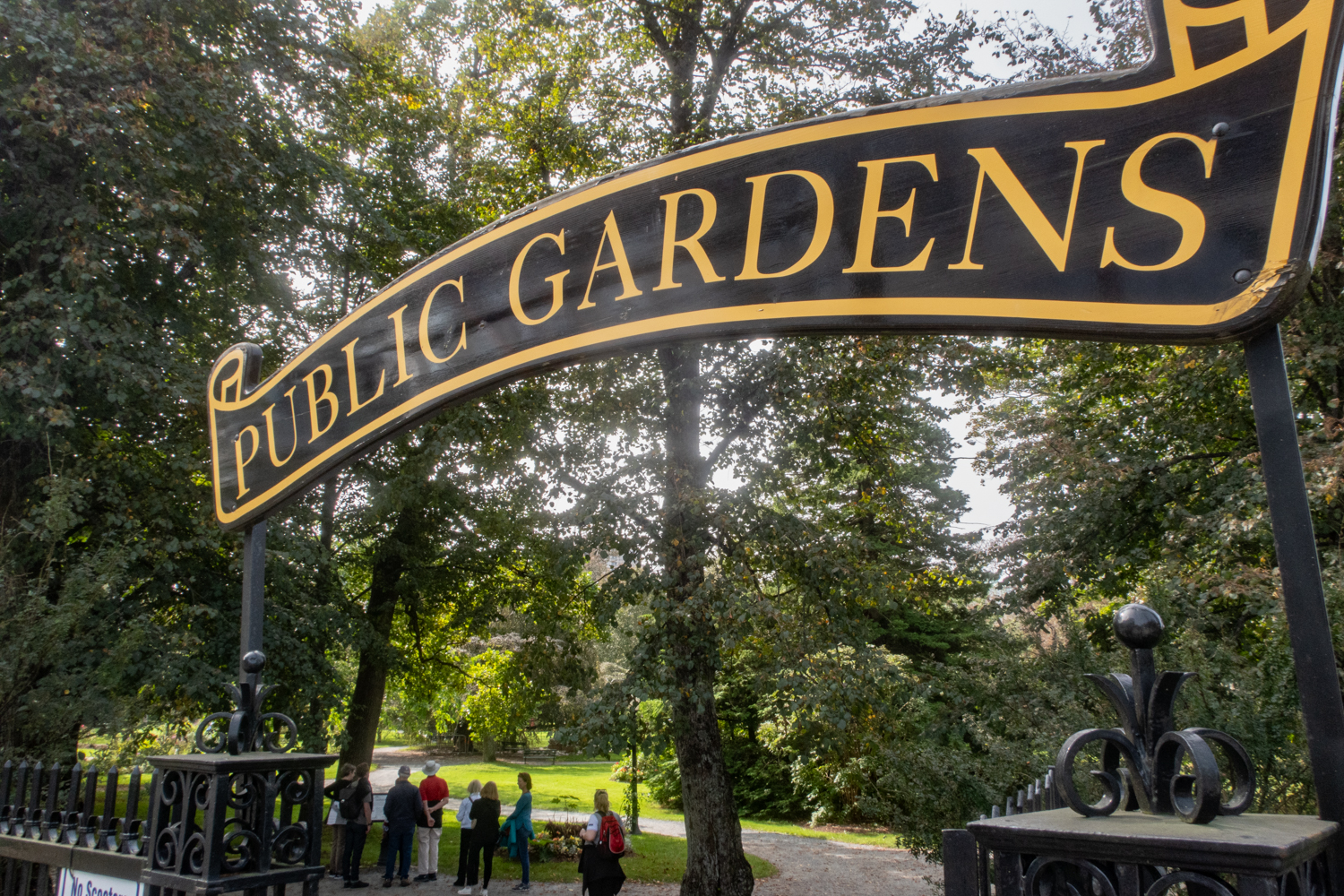
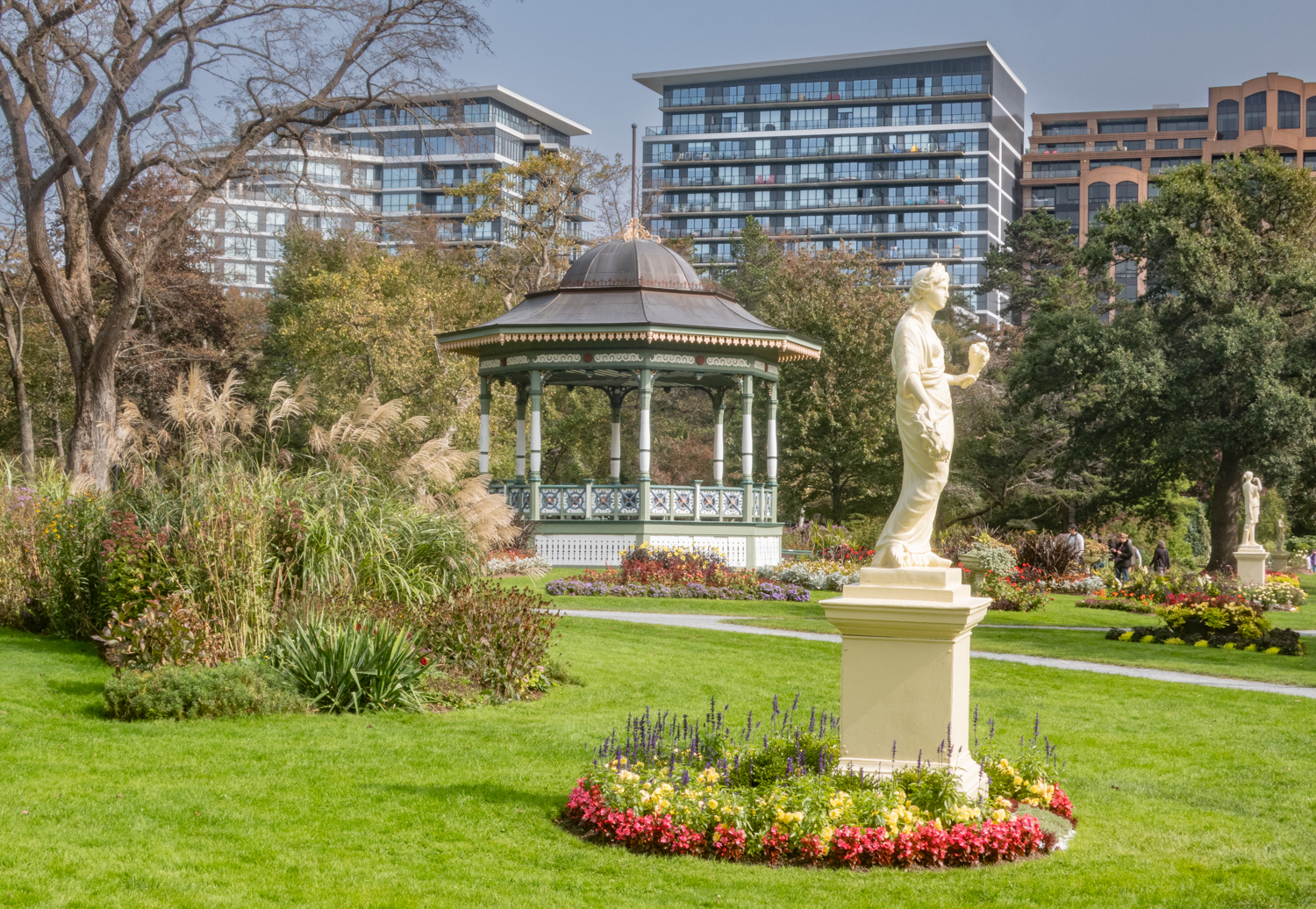
Opened in 1867, the Halifax Public Gardens is a sprawling oasis stands within Halifax’ it still emanates a delightful Victorian character. Highlights include more than 140 different species of trees, colorful blooms, traditional Victorian carpet beds, elaborate fountains, statues, bridges, and a bandstand. The gardens were bestowed the status of a National Historic Site in 1984.
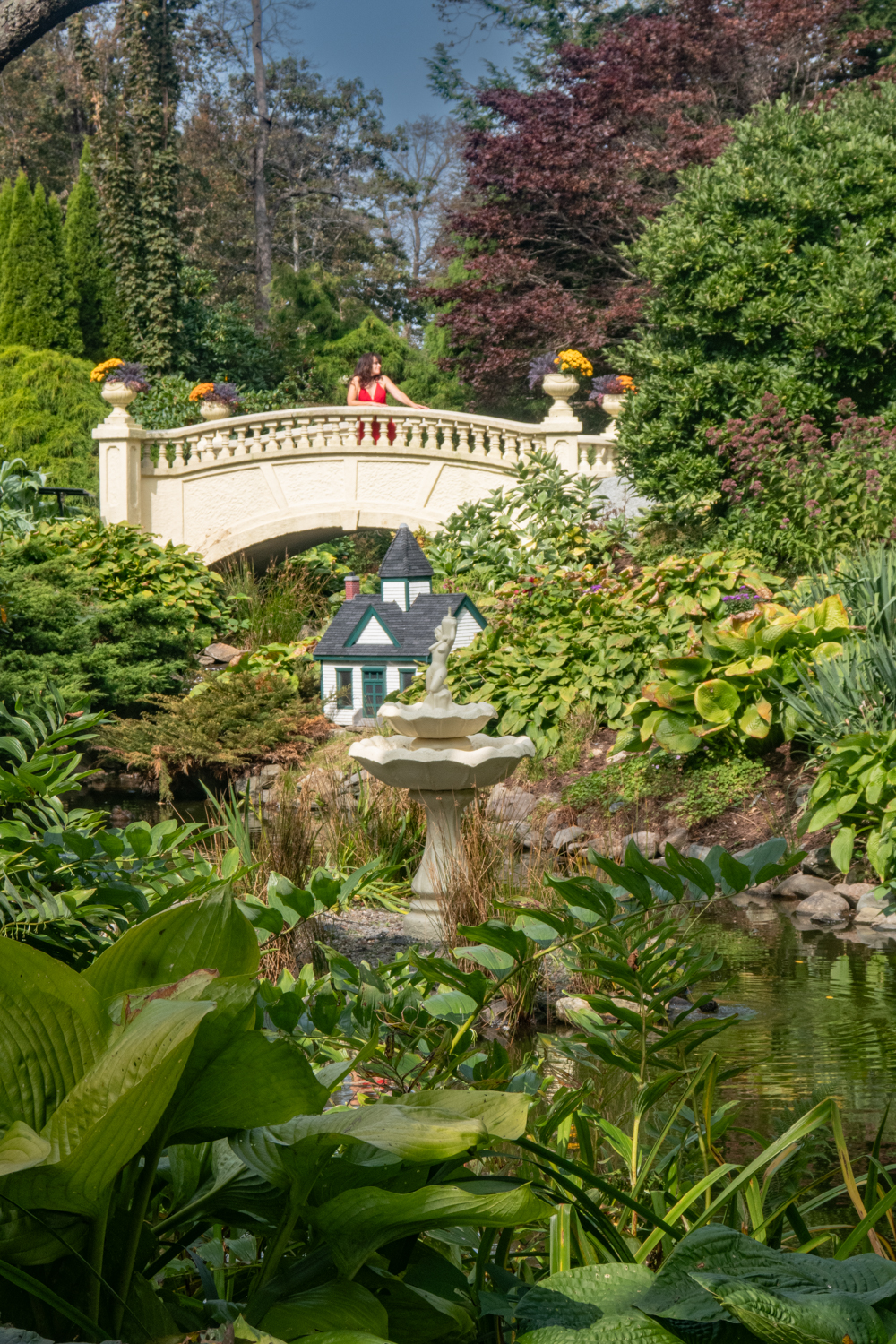
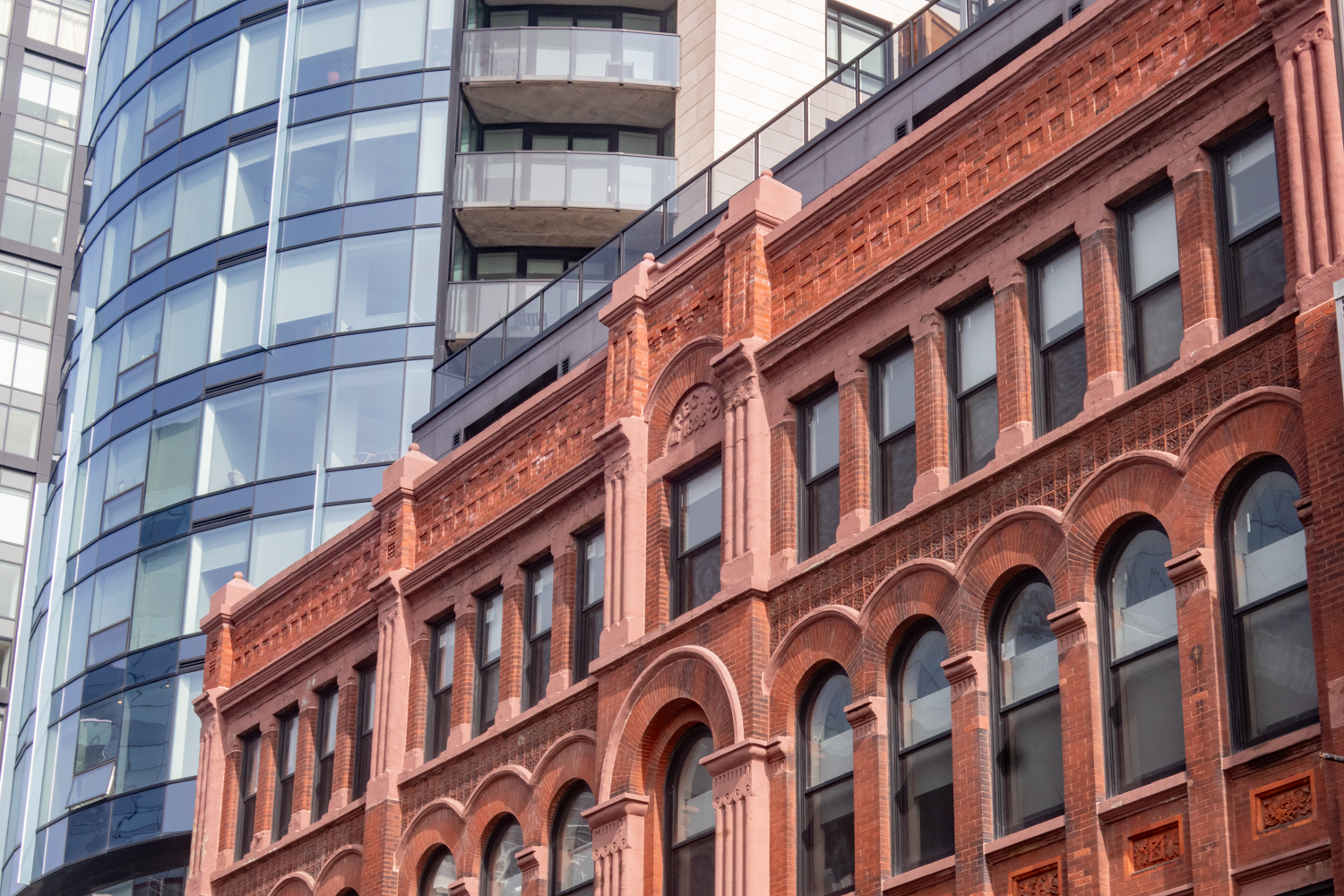
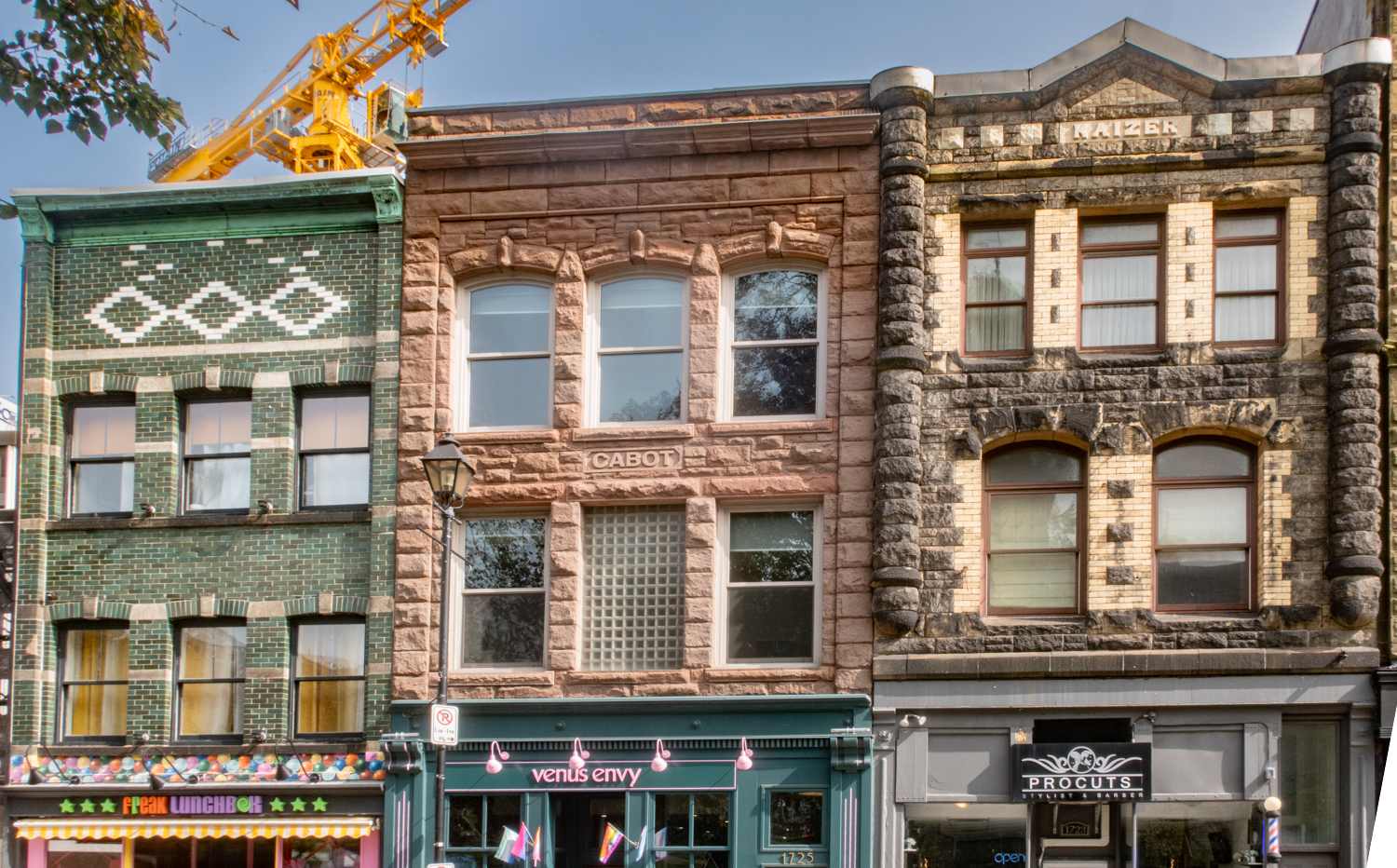
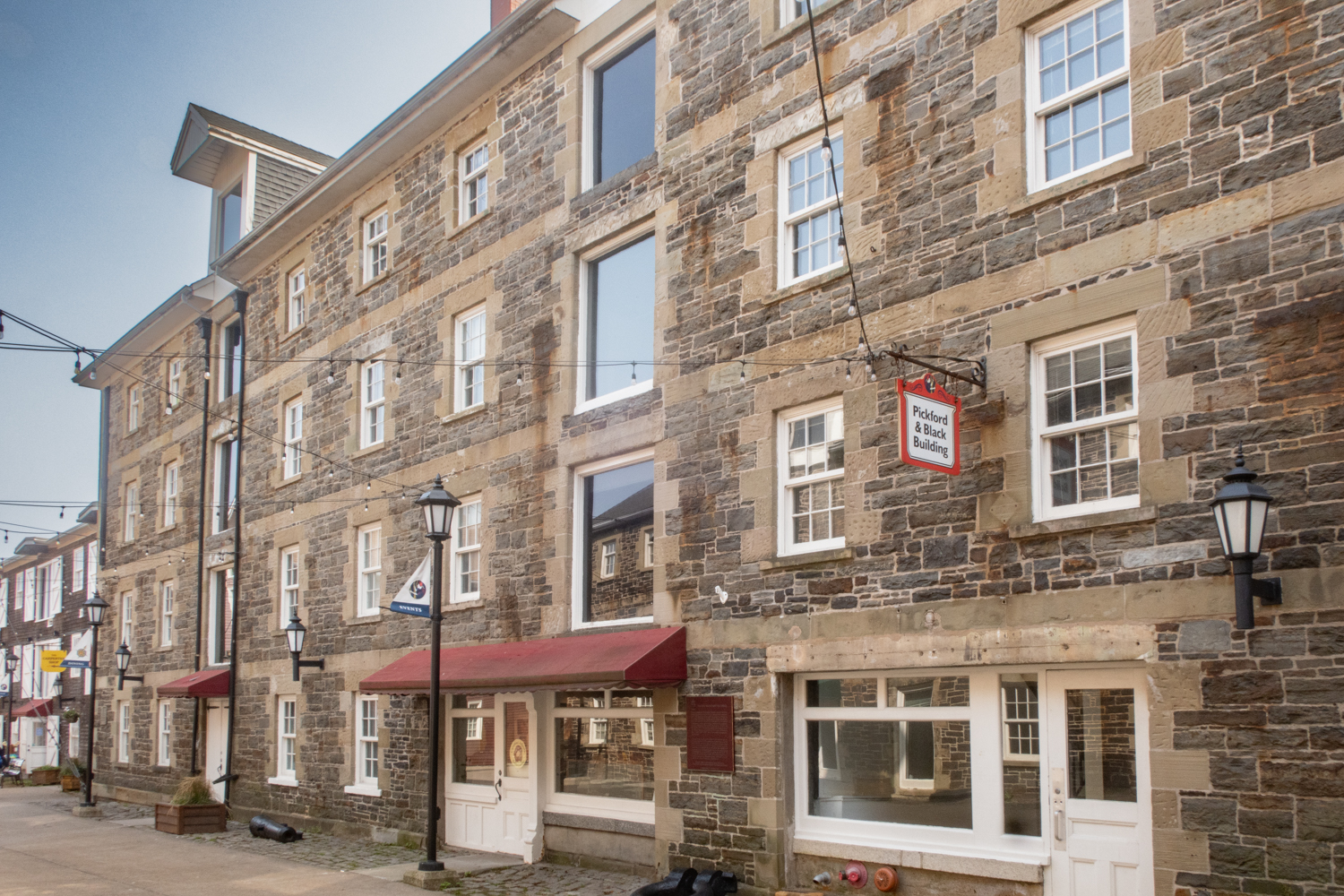
“From the founding of Halifax, in 1749, until the early 20th century, this portion of the waterfront was associated with men and events prominent in the civic and commercial life of the city. The seven typical warehouses and offices, erected between 1815 and 1905, housed individual merchants as well as international trading and shipping companies. This Ironstone building housed the office of the shipping firm, Pickford and Black (1876–19 68). The building opposite was headquarters of the Halifax Banking Company, the first bank established in Nova Scotia (1825–1908), and of its leading entrepreneur, Enos Collins.” – signage on the pier with the “Halifax Waterfront Buildings”
On the wharf pictured in photograph #18, the Intrepid Explorer found a women’s dress shop that had very creative “upside down dresses” designed and tailored in the Halifax region with brightly dyed spandex fabrics from South Korea. We also had a delightful seafood lunch (including a 2 pound [1 kilogram] fresh steamed local lobster) at Salty’s (Restaurant) on their deck overlooking the harbor.

“Poutine is a dish of French fries and cheese curds topped with a brown gravy. It emerged in Quebec, in the late 1950s in the Centre-du-Québec region, though its exact origins are uncertain and there are several competing claims regarding its invention.” – Wikipedia
Legal Notices: All photographs copyright © 2023 by Richard C. Edwards. All Rights Reserved Worldwide. Permission to link to this blog post is granted for educational and non-commercial purposes only.

Very much enjoyed. I was wondering whether you would have their lobster. And you did not disappoint, at the end. Never knew about Cunard’s history. Imagine having World Benefactor under your name.
Janis
LikeLiked by 1 person